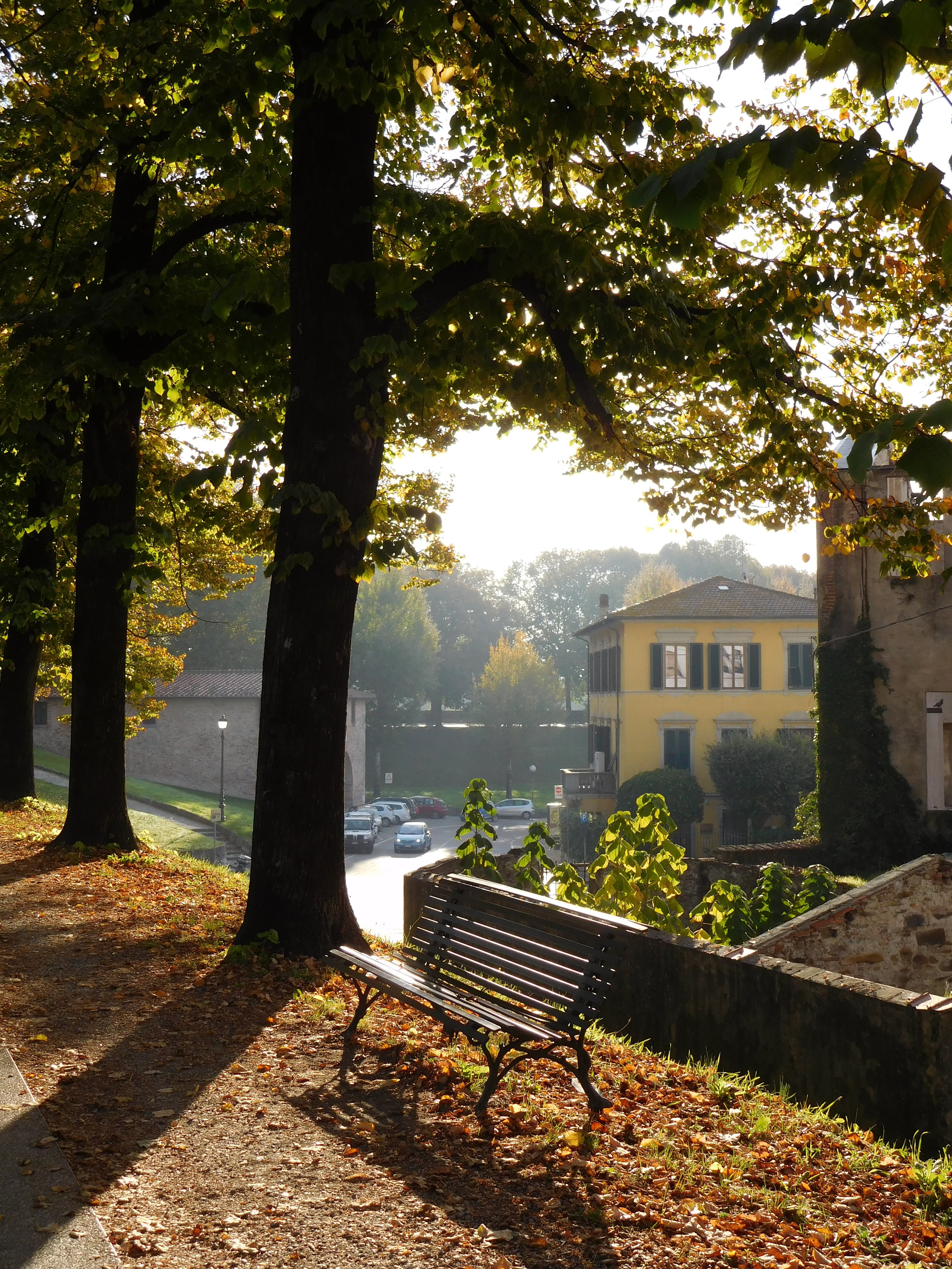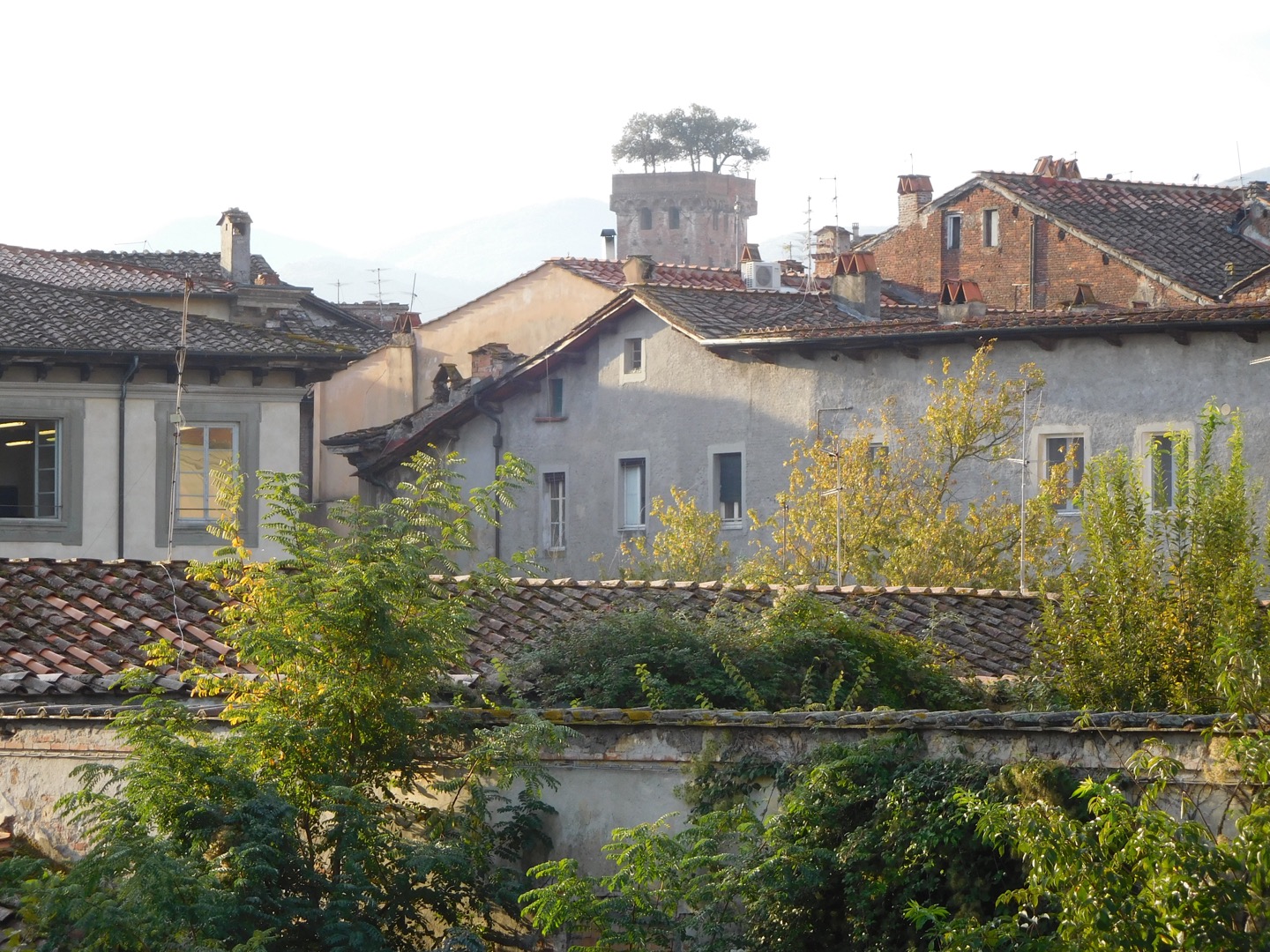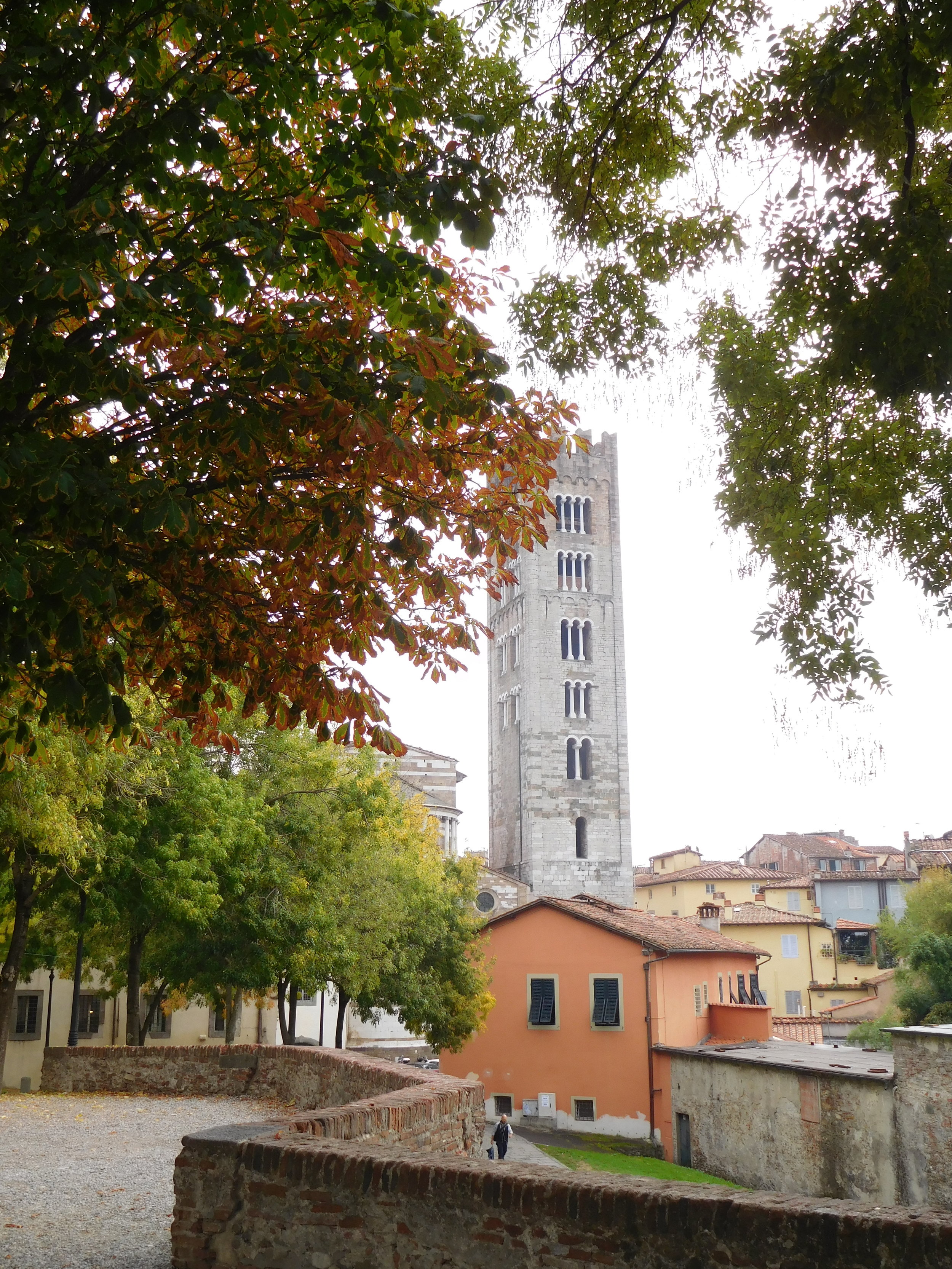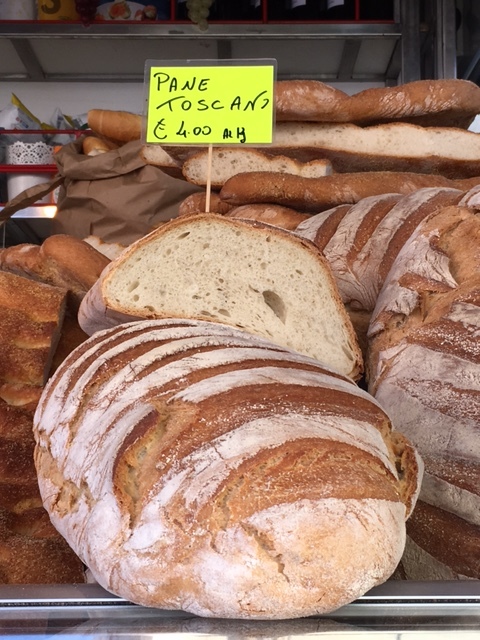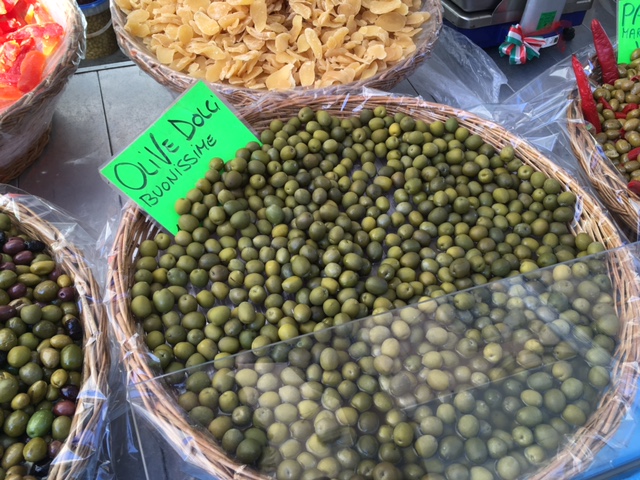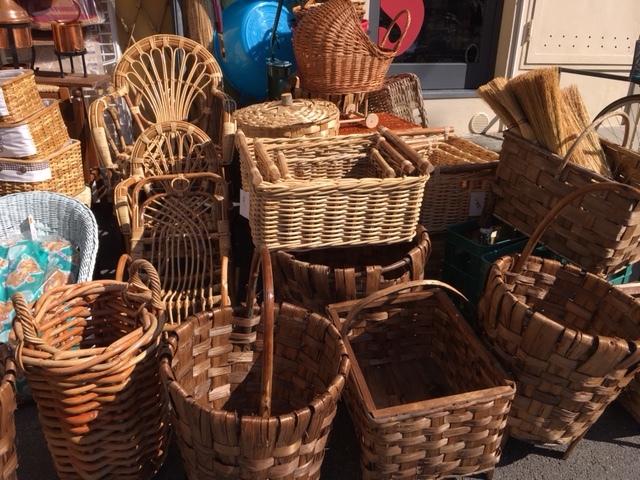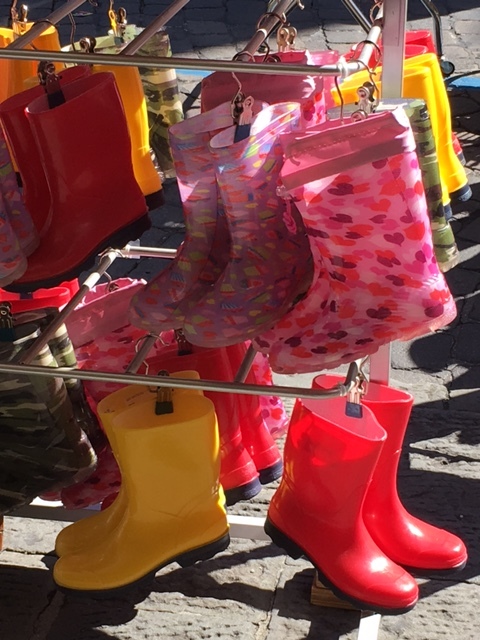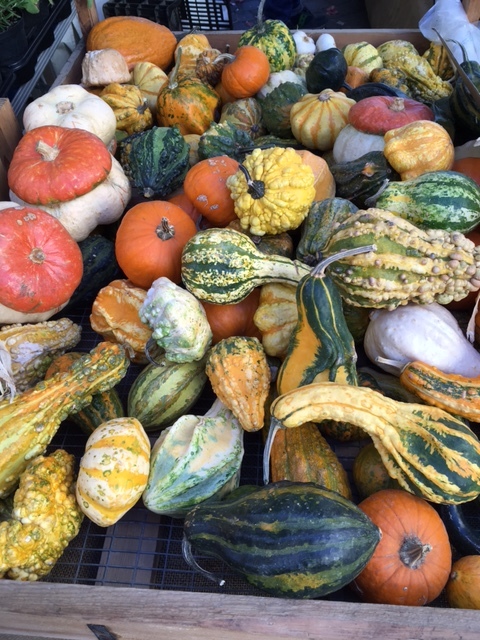Shakespeare's Verona
Many people who visit Verona want to see sites tied to Shakespeare’s “Romeo and Juliet.” I, on the other hand, wanted to find the two gentlemen of Verona. (Can you blame me for opting for Italian men over star-crossed teenagers?)
References to "Romeo and Juliet" abound in Verona; this is a contemporary sculpture of the couple by Nag Arnoldi.
Even though Shakespeare set more than just one play in the pretty northern Italian city of Verona, that ill-fated couple, Romeo and Juliet, seem to get the most attention. You can visit Romeo’s house, Juliet’s house, Juliet’s (spoiler alert!) tomb, hotels named after the pair, stores named after the girl, restaurants named after the boy. You get the idea. This is a city devoted to romance (even if it is tragic romance).
When I visited the courtyard with the balcony immortalized as the place where Juliet stood while Romeo serenaded her, so many people were crowded into that tiny square that I had to wonder how many understood that Juliet was actually a fictional character.
Juliet's balcony in Verona draws crowds of tourists. Many touch the left breast of her statue in the belief that it will make them lucky in love!
The Juliet house belonged to a family with a name similar to Capulet, which was Juliet’s cognome (surname) in the play. Now the house is where throngs of tourists go to snap photos and leave love notes on the walls.
One of many notes left on the wall of Juliet's courtyard.
There are other nods to Shakespeare in Verona. A bust of the playwright adorns a wall near Piazza Bra, along with a plaque that reads (in English and Italian): “There is no world without Verona walls, but Purgatory, torture, Hell itself. Hence banished is banish’d from the world, and world’s exile is death.” That line is from Act III, Scene III of “Romeo and Juliet.”
Shakespeare's likeness and words on a wall in Verona
As for the two gentlemen, they are harder to find. Believe me, I searched for them. I even researched the play for clues but I never found the two men. A friend of mine did stumble on one near the end of our recent visit: A hotel in the historic center is dubbed The Gentleman of Verona. It seems Shakespeare was prophetic about how his play would be remembered when he wrote in “The Two Gentlemen of Verona,” “They do not love, that do not show their love.”
Finalmente (finally), a Shakespearean reference unrelated to "Romeo and Juliet"
Nevertheless, exploring Verona with Shakespeare as the guide was a fun way to spend part of a day in a city brimming with sites to see and beauty to breathe in.
-post by JG









